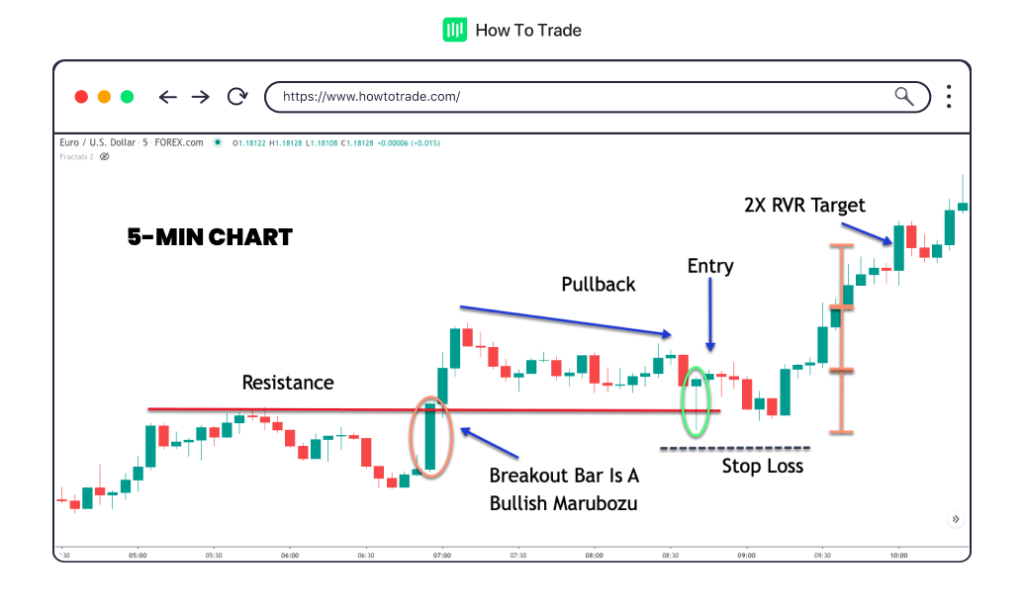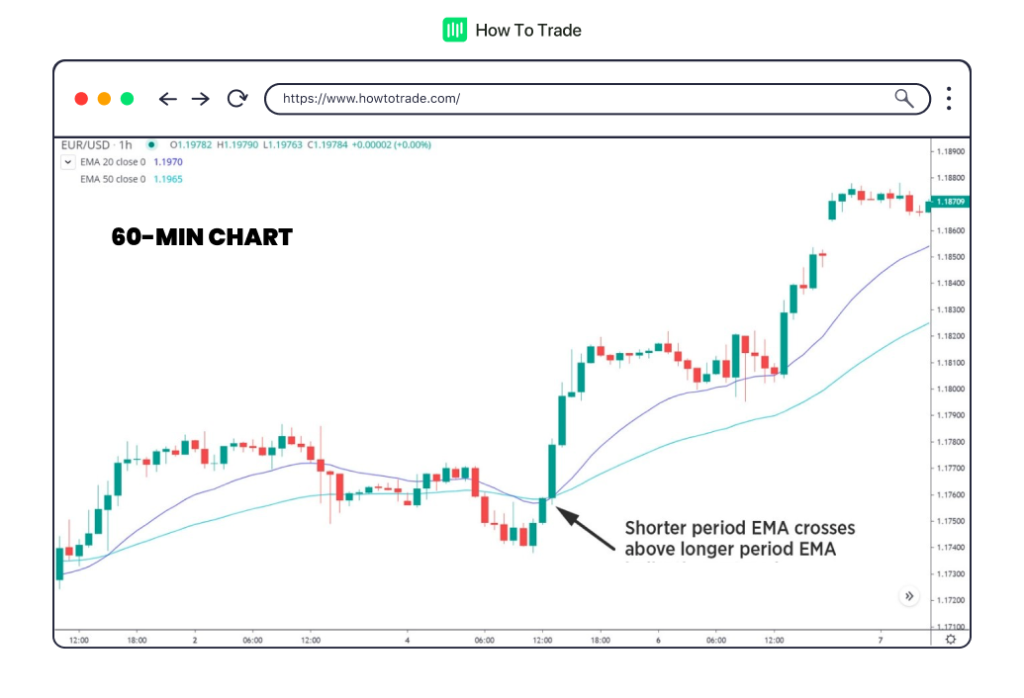Types of Forex Trading Styles
Do you know how everyone is different, and what works for you may not work for your friend? Well, the same applies to forex trading. Each trader is unique and has a different trading style. And while every trader has the ultimate goal of being profitable, traders take different approaches to achieve that goal.
In this lesson, we will explore the different styles of forex trading and help you decide on a strategy that suits your personality.
Forex Trading Strategies and Styles
Your trading style is your preferred approach to the forex market. Would you rather take many short trades within a short period of time? Or would you prefer to take one huge trade and hold it for days? Are you busy all the time with your 9-5 job and only have a little time to trade? Or do you have all the time to sit in front of your computer to wait for your trade opportunities to come?
All of these contribute to the kind of trader you are and your trading style. There are four main styles of trading:
- Scalping
- Day trading
- Swing trading
- Position trading
Here’s a quick comparison table to show you how each differs from the other:
| Peculiarities | Scalping | Day Trading | Swing Trading | Position Trading |
| Timeframes | 15 mins, 5 mins, 1 min | 1 hour, 15 mins, 5 mins | Daily, 4-hour, 1-hour | Monthly, Weekly, Daily |
| Trade Durations | Seconds to Minutes | Minutes to Hours but never overnight | Days to Weeks | Weeks to Years |
| Trading Frequency | High | High | Medium | Low |
| Analysis | Technical | Technical | Technical and Fundamental | Fundamental |
| Impact of Commission | High | High | Low to Medium | Low |
| Impact of overnight and weekend risks | Low | Low | High | Medium |
| Time Commitment | Full time | Full time | Part time | Very Low |
| Risk | High | High | Medium | Medium |
| Capital Requirement | Low | Medium | Medium | High |
| Currency Pair |
Now, let’s take a deeper look at Let’s each trading style:
1. Scalping Trading
Scalping is a type of forex trading style in which a forex trader opens and closes positions in very short periods of time with the goal of profiting from minor market fluctuations in currency pairs‘ prices.
In theory, the scalping strategy has a lower risk when compared to other forex strategies, partly because forex scalping is characterized as a non-directional strategy, and the trader has less exposure to big events.

When scalp trading, you try to aggregate your profit from many small-profit trades instead of fewer large-profit trades. Therefore, scalp traders use a high leverage ratio and volatile markets to utilize this trading style. They also rely on highly volatile currency pairs.
However, although many traders believe that there are fewer risks involved in scalping, it is a strategy that requires the trader to place multiple trades in one trading day and maintain a high concentration level. If you have a full-time job, this may not be the best trading style for you.
Peculiarities
Timeframe: Short-term (15 mins, 5 mins, 1 min)
Strengths: Quick or automated decision-making.
Duration of Trades: From as little as seconds to minutes
Perfect For: Full-time traders or people who have much time to spare on trading.’
Currency Pair: Highly Volatile
Pros
- Scalping offers many trading opportunities
- A strong appreciation for technical analysis
- Doesn’t care for long-term trends
Cons
- Because the scalper takes many short-term trades within a day, the impact of commissions tends to hit them hard.
- It requires a lot of concentration, focus, and time.
- Scalpers must be mechanical in their trading, not allowing emotions to take over.
2. Day Trading
Day trading in forex is a trading style that involves the buying and selling of currency pairs within the same trading day. The goal of day traders is to find as many trading opportunities as possible on one trading day and make short-term profits. With this forex trading strategy, the trader has a daily structure, and each day is… a new day.

The day trading strategy, also known as intraday trading, is one of the most popular trading strategies to trade forex and other financial assets. It offers you more time to think and analyze your trade than scalping does, but it also offers you many trade opportunities within the day.
Ultimately, day trading gives you more control over your trading account and decision-making.
Peculiarities
Timeframe: Short-term (1-hour, 15 mins, 5 mins)
Strengths: Focused, disciplined, and high emotional control.
Duration of Trades: Minutes to hours but never overnight
Perfect For: Full-time traders or people who have much time to spare on trading.
Currency Pair: Volatile
Pros
- Day trading offers many trading opportunities
- A strong appreciation for technical analysis
- Day traders tend to rely less on long-term market direction.
Cons
- Because the day trader takes many short-term trades within a day, the impact of commissions tends to hit them hard.
- It requires a lot of concentration and focus to make swift trading decisions.
- Day traders must understand technical analysis.
3. Swing Trading
Unlike scalping and day trading, swing trading is a trend trading strategy in which a trader attempts to make profits by holding a position open for several days, usually 2 to 5 trading days. Swing traders usually rely on trend trading based on market conditions and industry experts and try to capture wider price fluctuations than day trades.

Once again, swing trading is a popular trading strategy as it does not require effort and a high level of concentration of scalping and intraday trading. Instead, any individual trader can utilize a swing trading strategy by using a basic trading platform and trading tools.
Peculiarities
Timeframe: Medium-term (Daily, 4-hour, 1-hour)
Strengths: Patience. Understanding of market trends.
Duration of Trades: Days to a few weeks.
Perfect For: Traders who still want time to do other things
Currency Pair: Moderately Volatile
Pros
- It doesn’t require a lot of time to monitor charts
- Swing trading can be very profitable.
- Swing traders can trade part-time.
Cons
- Exposure to market risks during weekends and overnights
4. Position Trading
Different from all the above methods, position trading is a long-term strategy that involves taking a position and holding it for an extended period, usually weeks, months, and even years. By nature, position traders are trend followers and try to make decisions by analyzing the broader market picture of a certain asset, sector, or market.

Generally, position trades in forex trading are based on fundamental factors such as economic data, rate hikes, carry trade factors, political changes, etc.
Peculiarities
Timeframe: Long-term (Monthly, Weekly, Daily)
Strengths: Patience.
Duration of Trades: Weeks to months to years
Perfect For: Traders who trade only once in a while
Currency Pair: No need for high volatility
Pros
- It doesn’t require a lot of time to monitor charts
- A good understanding of fundamental analysis
Cons
- Huge capital
How to Choose the Right Forex Trading Strategy for You?
In all honesty, finding the right forex strategy and trading style for you is not done in a day. As you can see, there are various forex trading styles you can use when trading CFDs and other financial instruments. So, you need time and patience to develop your own trading system and fully understand the risks of each forex trading strategy.
Generally, while swing and position trading are more suited for long-term trend investors who rely on fundamental factors, intraday trading and scalping would be the ideal choice for traders with more time to trade the forex markets and wish to be neutral in their trading direction.
The most important factor in creating your own forex trading strategy is to apply the trial and error method. After all, you do not really know yourself until you put yourself to the test. That’s the magic of trading.
Key Takeaways
- Your trading style is your approach to forex market trading.
- The four trading styles include scalping, day trading, swing trading, and position trading.
- Scalping involves taking many short-term trades within a short time, often lasting for only as long as minutes.
- Day trading involves taking many trades within a day that may last for hours. However, they never hold trades overnight.
- Swing trading tries to catch medium-term price movements. They often use the daily, 4-hour, and 1-hour timeframes.
- Position trading requires the least amount of time staring at the charts. They take very few trades at a time, and their trades can last for years.
In partnership with our recommended partner
Wait!
"Join our Trade Together program and interact with us in real-time as we trade the markets together."
